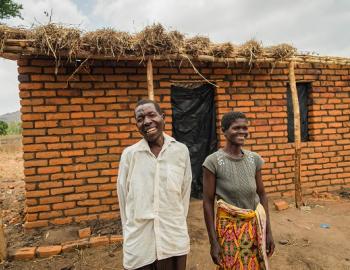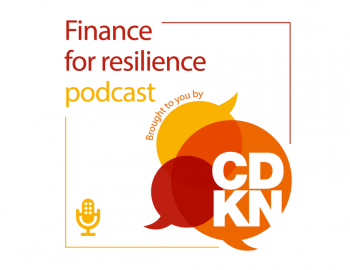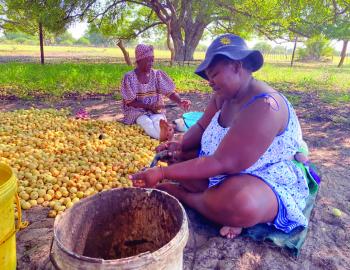Are we integrating climate adaptation practices in disaster risk reduction?
Are we integrating climate adaptation practices in disaster risk reduction?
Disasters and Climate Change
Disasters can be sudden, such as earthquakes or floods, or may build up gradually, such as a drought. An important consequence of climate change will be the increase in the frequency and magnitude of extreme events such as floods, droughts, windstorms and heat waves.
Whether hazards become disasters depends on the vulnerabilities as well as the intrinsic hazard. Disaster risk reduction can be achieved by reducing exposure to hazards (avoidance), lessening vulnerability of people and property (resistance), and improving preparedness for adverse events (resilience). Policy across the world already aims to develop rural economies, enhance quality of life whilst protecting the environment and reducing the risks of disasters. These long-standing objectives are entirely consistent with the need to cope with climate change.
The global strategy for “Building the Resilience of Nations and Communities to Disaster” set out in the Hyogo Framework for Action (HFA) 2005-2015 calls for “the integration of risk reduction associated with existing climate variability and future climate change into strategies for the reduction of disaster risk and adaptation to climate change”. Potential climate change impacts should already be informing building designs, construction and facilities for service delivery to reduce the risk of natural disasters damaging buildings and services.
Pakistan Flood Resilience Project
There are many initiatives to assist in climate-compatible reconstruction giving an opportunity to do ‘development differently’. One such project is the ongoing project ‘Pakistan Flood Resilience’ project funded by CDKN. The consultants, Mott MacDonald, are reviewing and recommending techniques for improving the resilience of model villages being constructed in rural Punjab following the devastating floods in 2010. It is hoped this project will inform construction more widely in Pakistan and abroad.
Global Knowledge Review
The latest output from this project is the findings of a desk-based review of existing literature and information on global knowledge and experiences related to natural disasters, rural planning and incorporation of techniques for climate resilience in buildings and infrastructure, and summarises the current experiences of these issues in rural Punjab, Pakistan. The key findings are:
1. Rural Planning: The fifth IPCC assessment is anticipated to include more detailed consideration of climate change impacts in rural areas. In Europe, the European Rural Development Policy is undergoing a health check, and despite recognising the need to strengthen this policy to include issues such as climate change at present the focus does not appear to be on building resilience into construction efforts in rural areas. Each country in Asia has its own practices and few enforce regulation of rural development. The World Bank has already recommended that rural planning should include building awareness and training of construction workers alongside formal planning processes, and methods for adaptation to climate change would benefit from a similar dissemination method. This project should be a stepping stone in this process in rural Punjab, Pakistan.
2. Building Standards and Codes: The development of the European Framework on climate change (2009-2012) will include measures to improve climate resilience and promote best practice (focusing on improving energy efficiency through assessments and certifications on energy performance and heating installations). There is some movement towards ‘green’ building codes on energy efficiency and climate change adaptation in Asia, but the new code in Pakistan - the “Building Code of Pakistan (Seismic Provisions-2007)”, was stimulated by the 2005 earthquake and focuses on earthquake resilience, particularly in urban areas.
3. Post-disaster Reconstruction: A large number of manuals and guidelines for reconstruction globally are available: key relevant guidelines are tabulated in Chapter 2 of the Report. Historically, Pakistan’s planning approach to tackle these disasters was mostly reactive, although a Ministerial Strategy on Disaster Risk Reduction in Pakistan and Disaster Risk Reduction Development Plans are being prepared. The “Seismic Retrofitting and Repair Manual for Buildings for Earthquake Vulnerability Reduction Project (EVRP)” developed from grass-roots initiatives in December 2009 focuses on issues relating to earthquake resilience, leaving a gap for advising on techniques for resilience to flooding.
Preparation of specific reconstruction guidelines
The next stage in this project is fieldwork analysis of a sample of villages being constructed in rural Punjab and production of a technical assessment and user friendly guidelines to assist in the incorporation of climate compatible techniques into the reconstruction efforts.
Contact
If you are interested in being involved in the review and dissemination of these guidelines please contact Dina Khan, dkhan@lead.org.pk, with your name, position, organisation and contact details.



